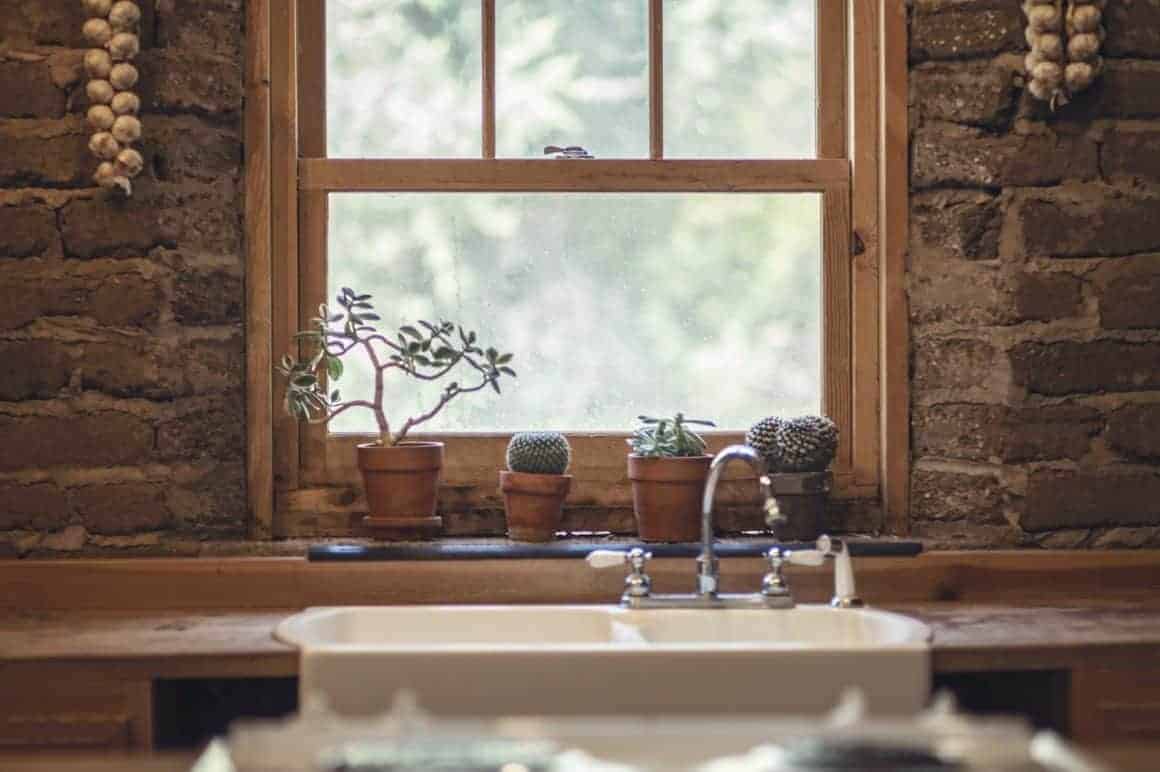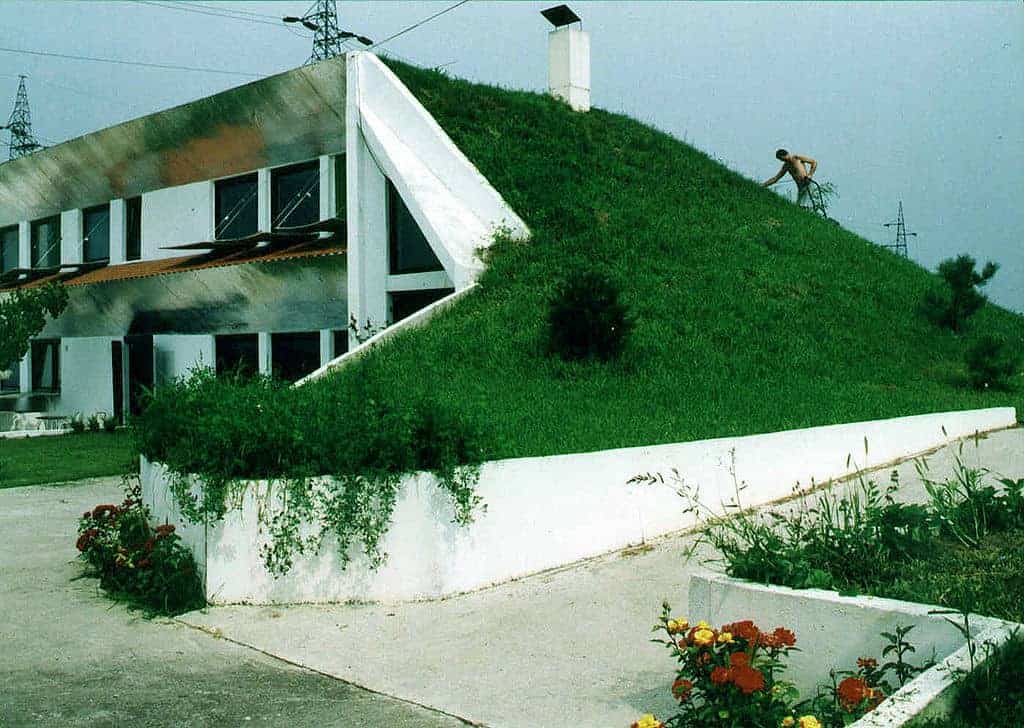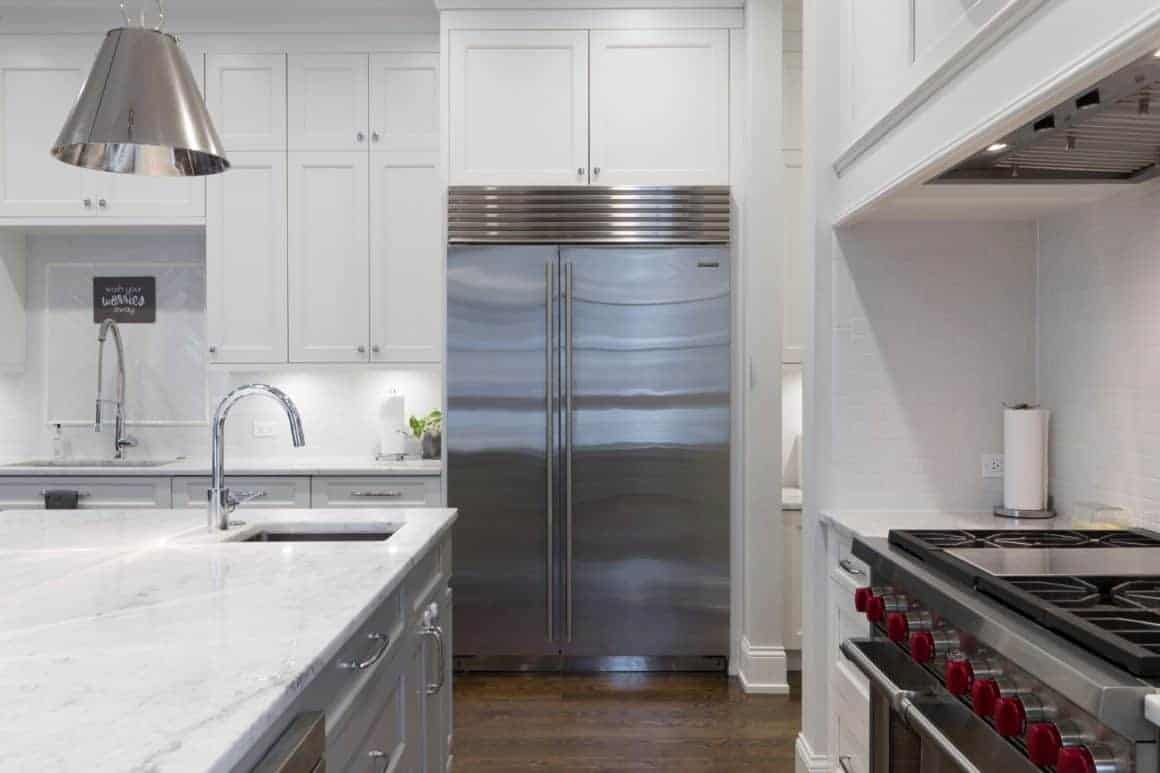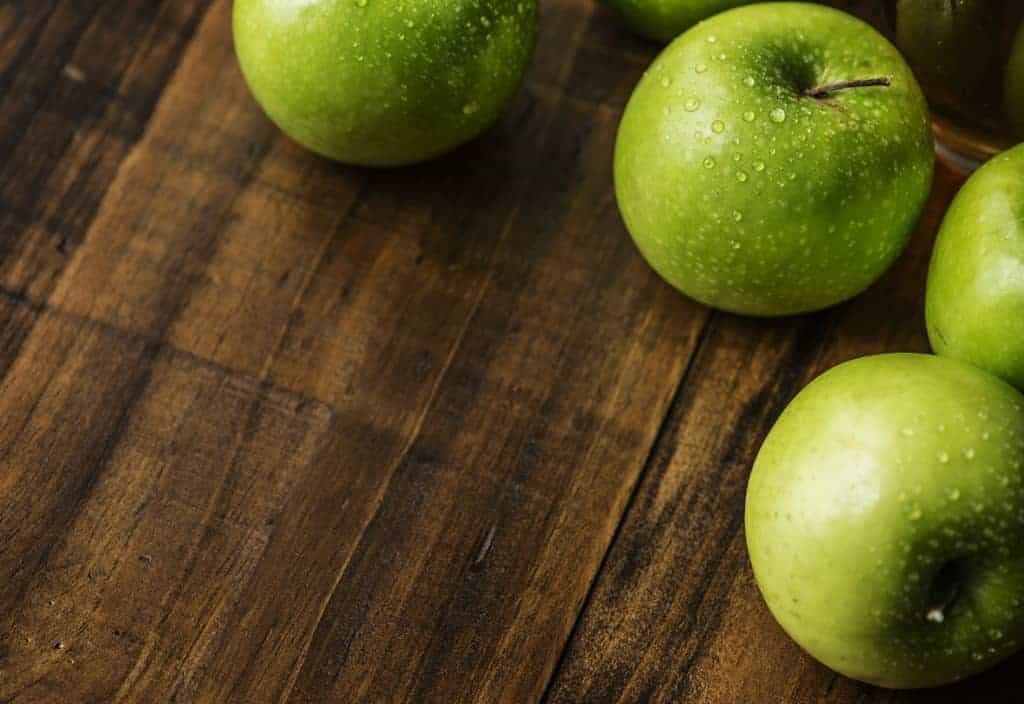Consumers today are adopting a more eco-friendly mindset when it comes to lifestyle and product choices — which is why the housing industry is quick to capitalize on this trend. The Medium reported that a rise in environmentally conscious properties has even contributed to the development of a niche market in the travel industry. To look into this growing trend deeper, let’s first break down the term “eco-friendly” and what makes a home fit for the description.
What Makes a Home “Eco-Friendly”

Eco-friendly is defined as “not environmentally harmful.” But the term also refers to consuming natural resources with practicality and sustainability. Cutting down on water, electricity, and gas on a daily basis is one way to create a more eco-friendly environment. Small habits, like opening the windows to allow natural sunlight and fresh air during the day instead of turning the AC on, can make a huge difference. The idea is to be mindful of how you consume renewable and nonrenewable resources and keep your carbon footprint at a minimum.
Now that solar energy has increasingly become accessible to homeowners, switching to a greener household is more doable than ever. Not only is solar power greener and more efficient, but it also saves you money down the road. Installing solar panels has become a popular alternative for residential owners and businesses.
But to be an eco-friendly homeowner, you don’t need to make these big changes immediately. You can take a few small steps, like refillable soap, to reduce your single-use plastics. Before shifting to a completely green lifestyle. Below are some of the steps that you can take:
5 Steps on How to Create an Eco-Friendly Home

1. Use Natural Cleaning Products
Some cleaning products can’t be easily washed away and purified by water, making them harmful to you and the environment. Thankfully, these types of products aren’t necessary. Vinegar, bicarbonate of soda, and citric acid from citrus fruits are all excellent natural cleaning solutions for your everyday needs. When considering personal care and laundry, investing in eco-friendly soap is a significant step towards an eco-friendly home. These soaps are designed to minimize harm to the environment, often made with biodegradable ingredients and packaging that reduces waste. You may also consider switching to refillable options, which can save you money in the long run.
When using an oven, heat can be lost if you open its door during cooking, even for a short time. Avoid using the oven during summer days when the AC is on. The heat from the kitchen can cause your AC to work harder and consume more energy to cool your home.
Another thing to be aware of is the waste of coffee pods since these contribute to the billions of plastic capsules and sleek aluminium that go to landfills in the U.S. every year. Being mindful of these small things can go a long way in reducing your carbon footprint.
2. Use Sustainable Materials for Flooring
Floors built with sustainable materials are a good way to go green. Bamboo, reclaimed wood, and linoleum are excellent choices. Cork is another alternative and a renewable source that also keeps insects and pests at bay.
For existing hardwood floors, consider covering them with high-quality area rugs. These are stylish and cost-effective solutions to insulate your home properly and prevent air from seeping out of the crevices between hardwood planks. You can read this piece by Cyrus about the many reasons you should get a handmade rug and why it’s an eco-friendly choice.
3. Be Mindful of Design
When designing your home, speak to your architect about building around the environment. If your plot has trees, design your home around them instead of cutting them down. Not only do they add a unique character to your home, but they also help reduce runoff, flooding, and soil erosion. They also provide shade, which you’ll appreciate during hot summer days.
The placement of windows is also important when designing an eco-friendly home. A well-thought-out orientation and placement will make a huge difference to your home’s interior. By following the passive solar design principle, for instance, you’ll take advantage of natural breezes and sunlight, which can reduce your utility bills in the long run.
4. Use Your Kitchen Wisely

The kitchen can be many things to a homeowner. But as part of your humble abode, working smarter in the kitchen is important if you want an eco-friendly home.
5. Make Room for a Garden
Having a garden is not only good for the environment, but it’s also good for your mental and physical health. Indoor plants, window sill greenery, and vertical gardens are good alternatives if space is an issue. Know that dry leaves and floral waste are helpful for mulching, so don’t forget to collect these while building your green space.
Benefits of an Eco-Friendly Home

Stay Healthy
Many conventional materials for building are not conducive to one’s health. For example, volatile organic compounds (VOCs) are carcinogens found in paints, plastic building materials, and cleaning products. Materials prone to moisture development also cause mould and mildew, leading to serious breathing or heart problems. So building an eco-friendly home that incorporates only non-VOC materials and mould/moisture resistant solutions can help keep these concerns from happening.
Conserve Resources
Second-hand and recycled materials are helpful when you’re working on a tight budget for your home. Using eco-friendly solutions for your home allows you to have affordable and durable materials while reducing waste simultaneously. The key to saving money while saving the environment is always to plan.
Improve Quality of Life
Because an eco-friendly home promotes good health and well-being, it also improves the lives of the people who live in it and those around it. You have natural lighting, fresh air, and a generally healthy environment in your indoor and outdoor spaces. All of these lead to better living conditions and a healthier disposition.


